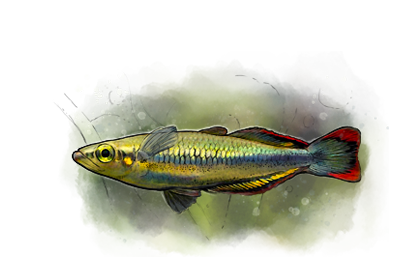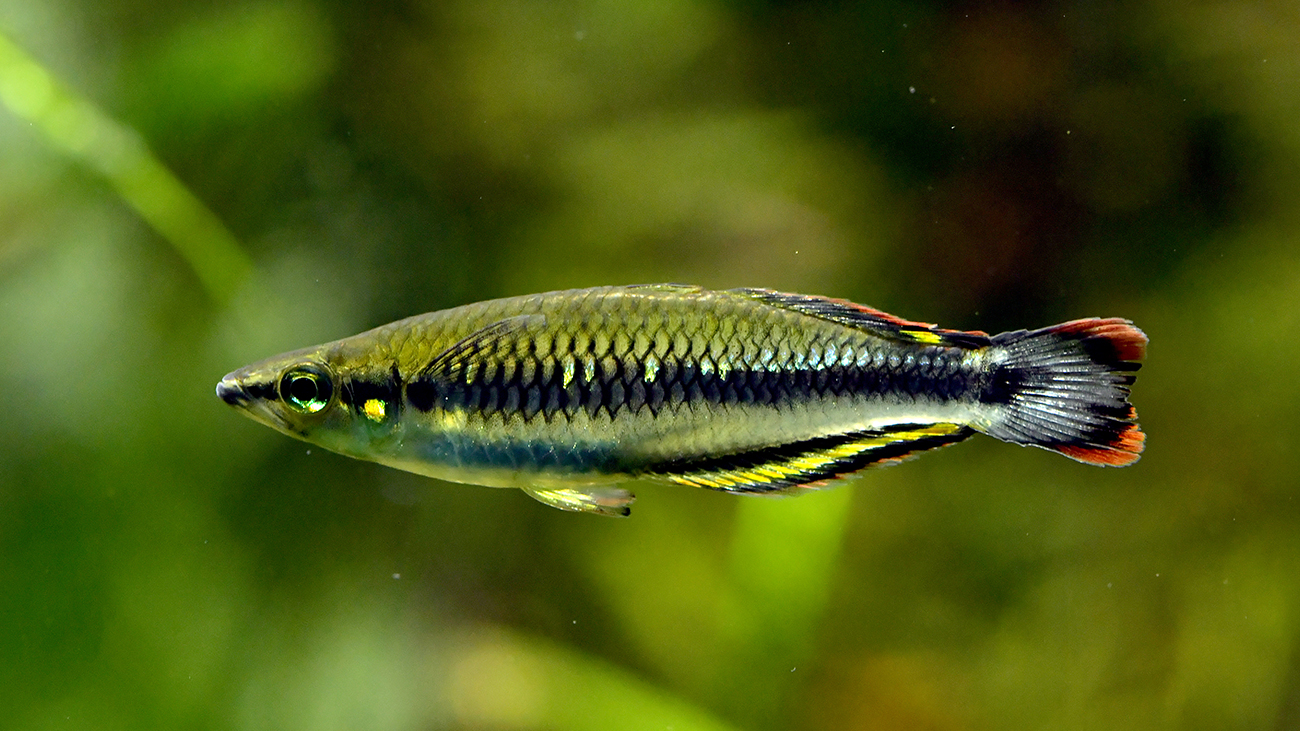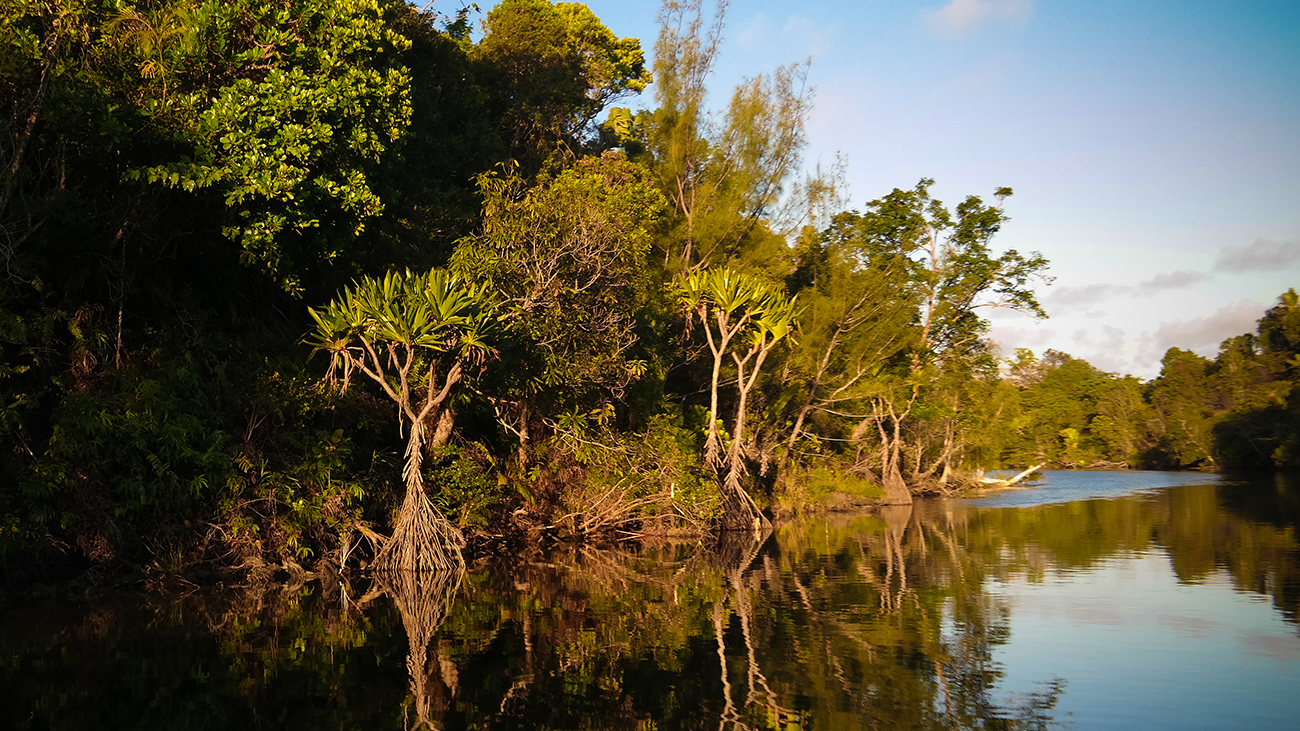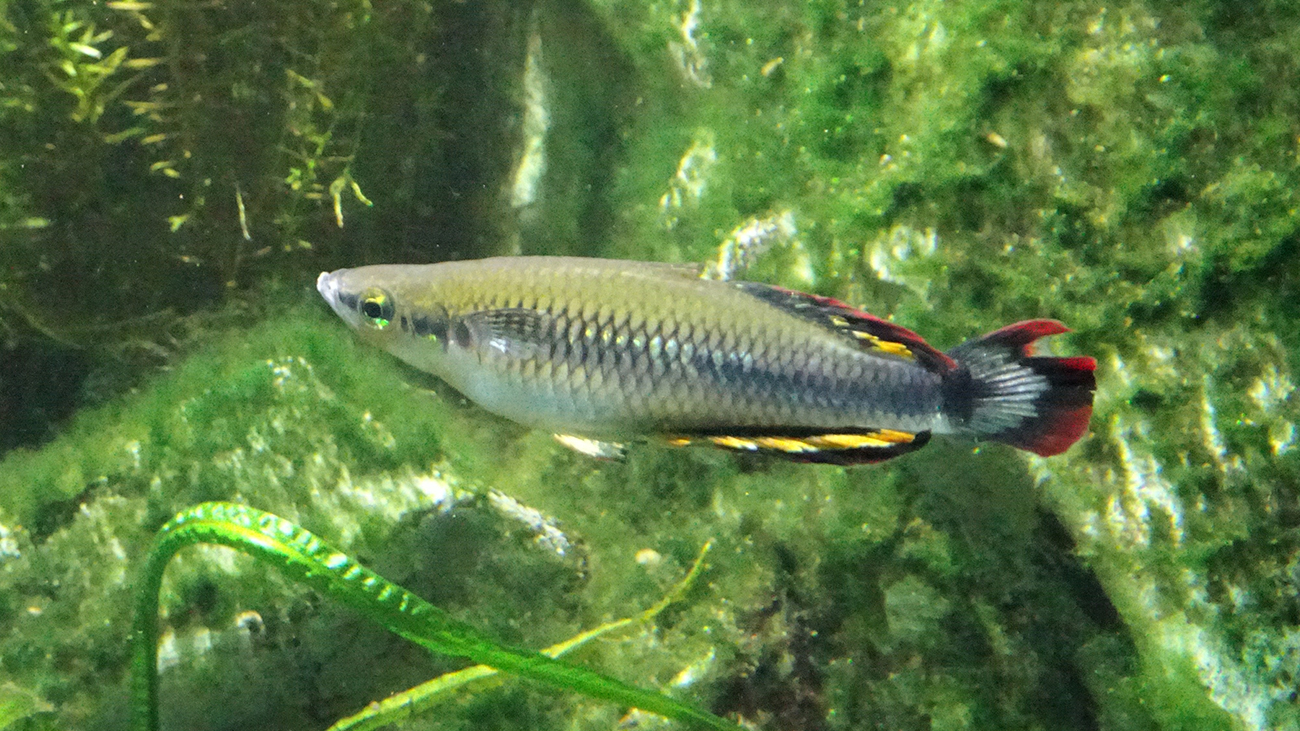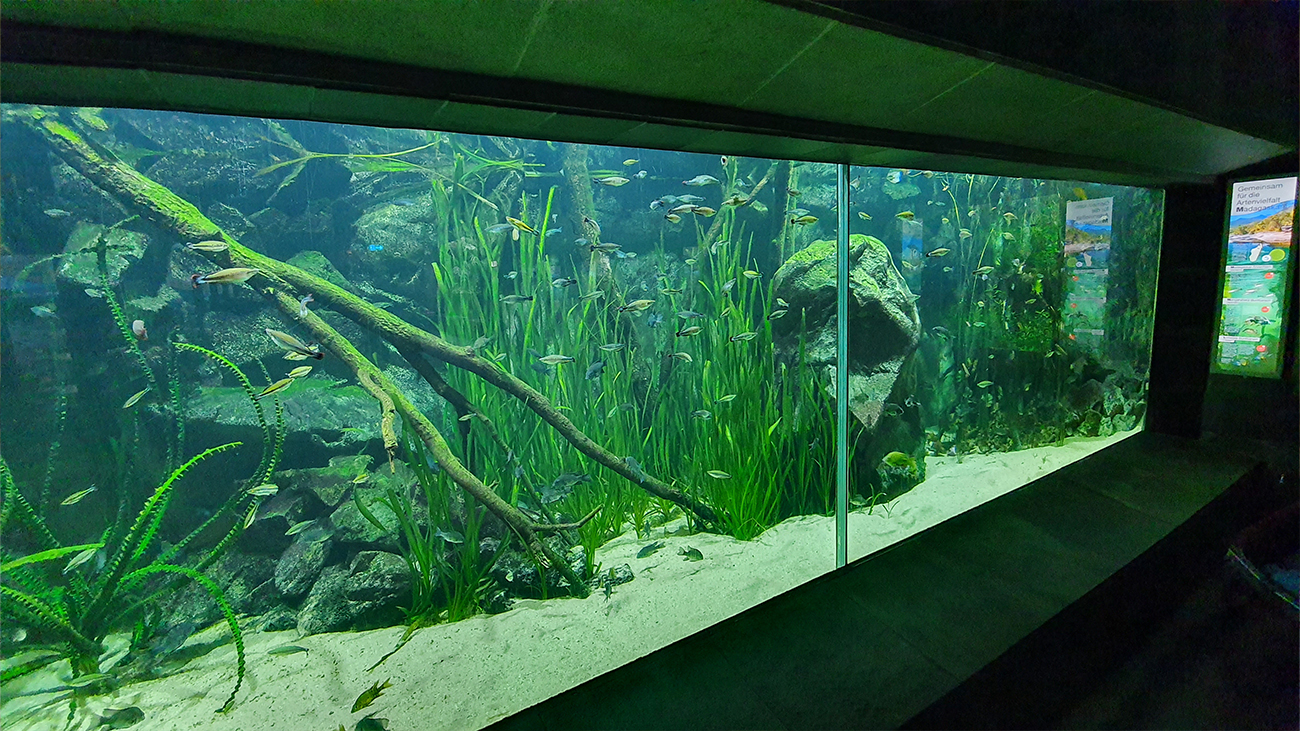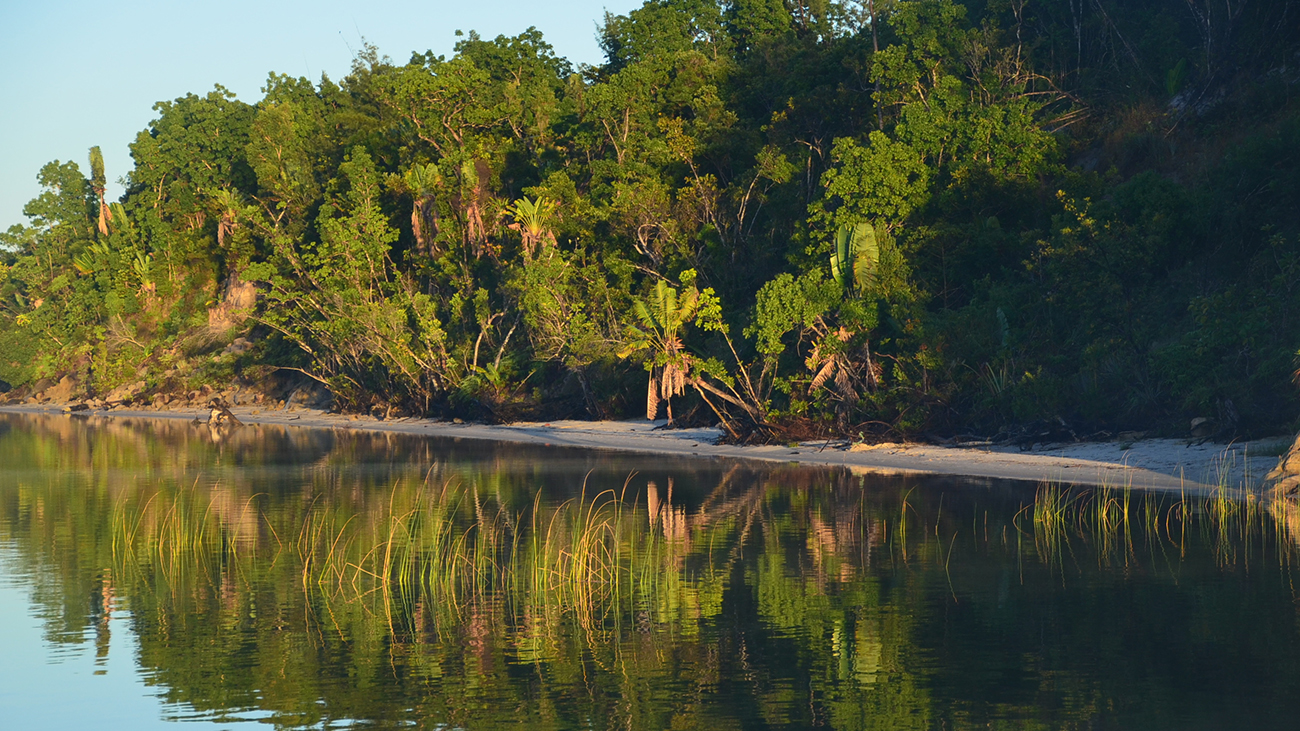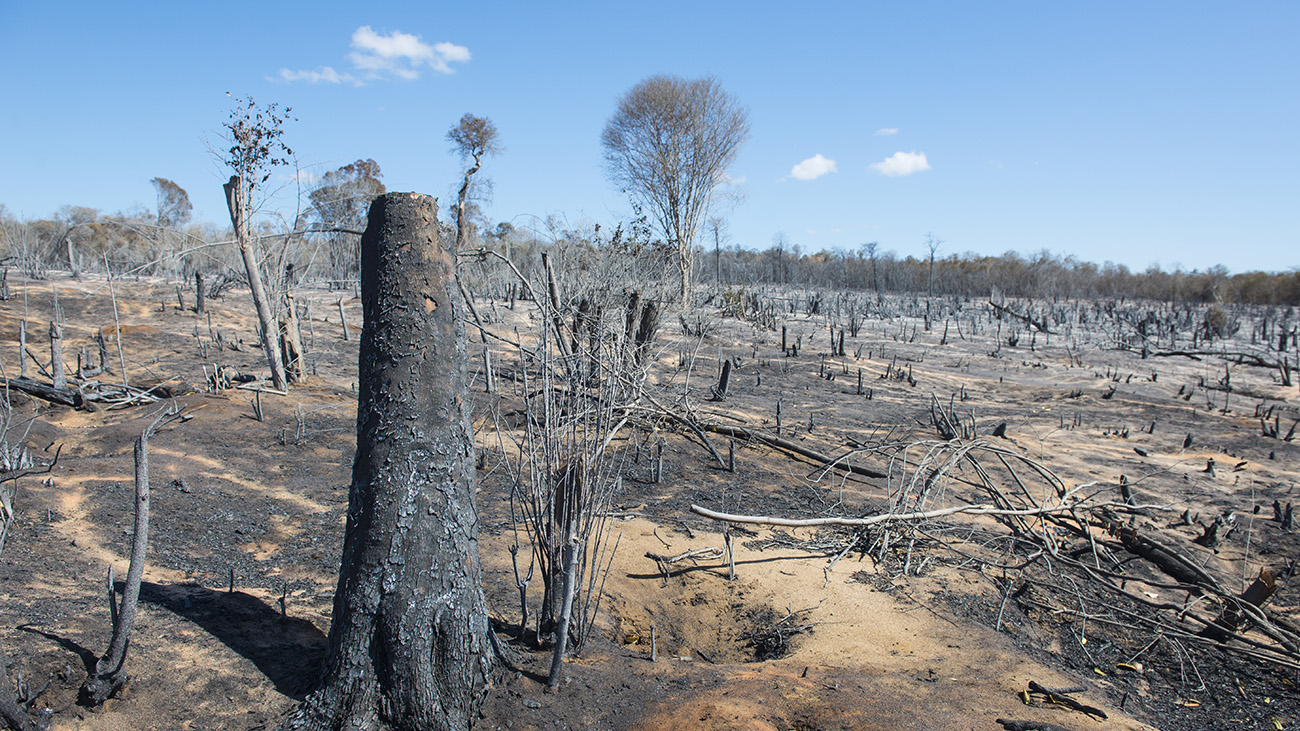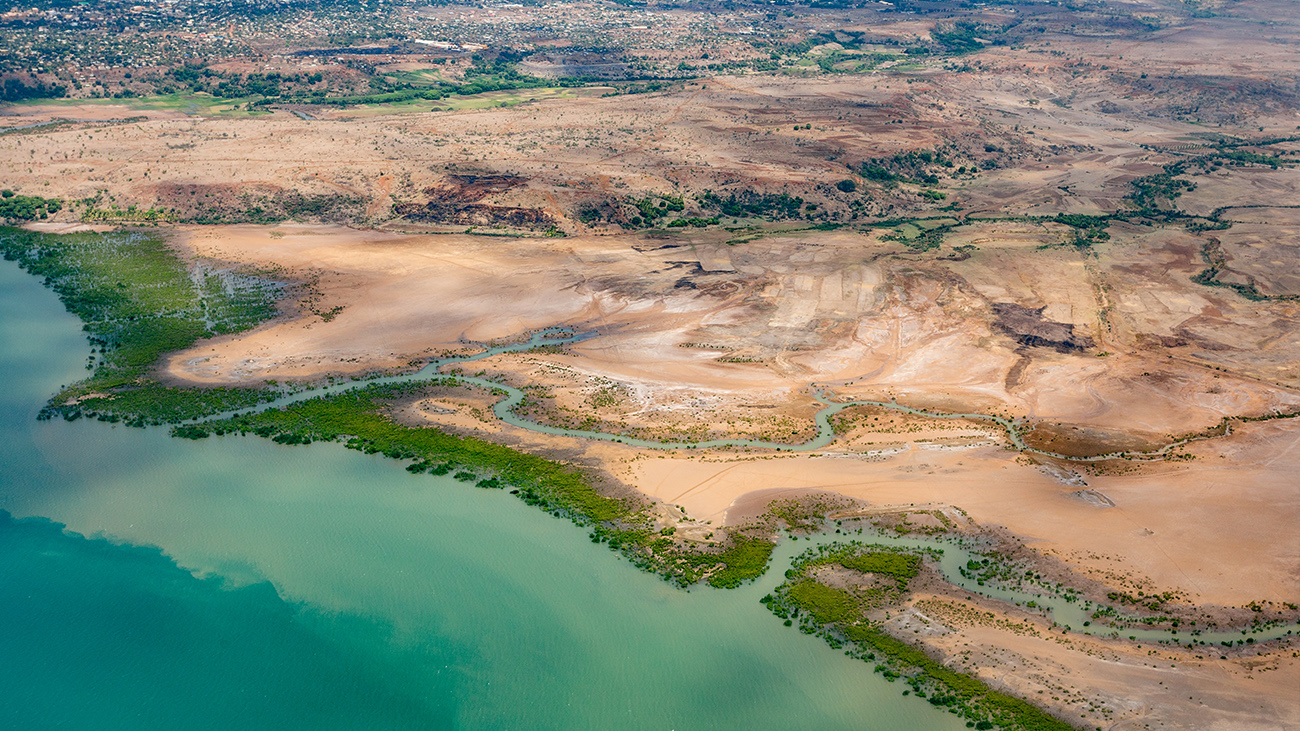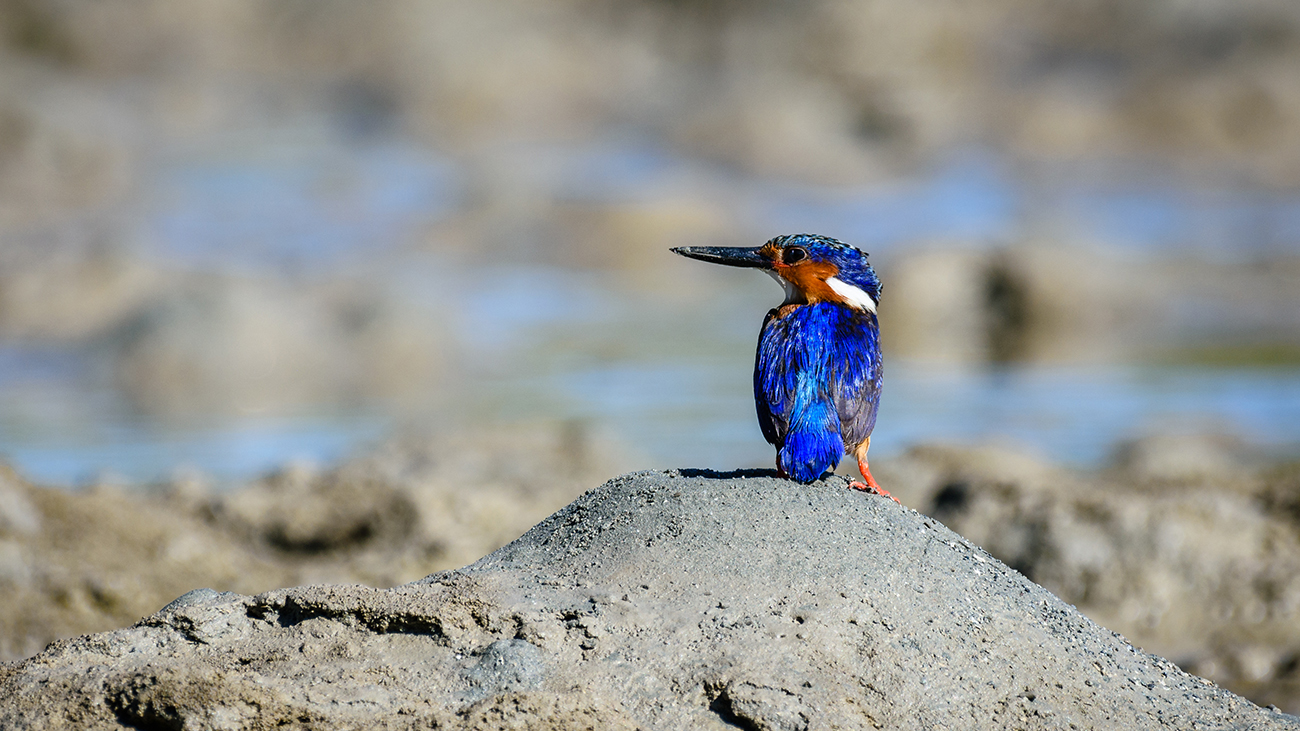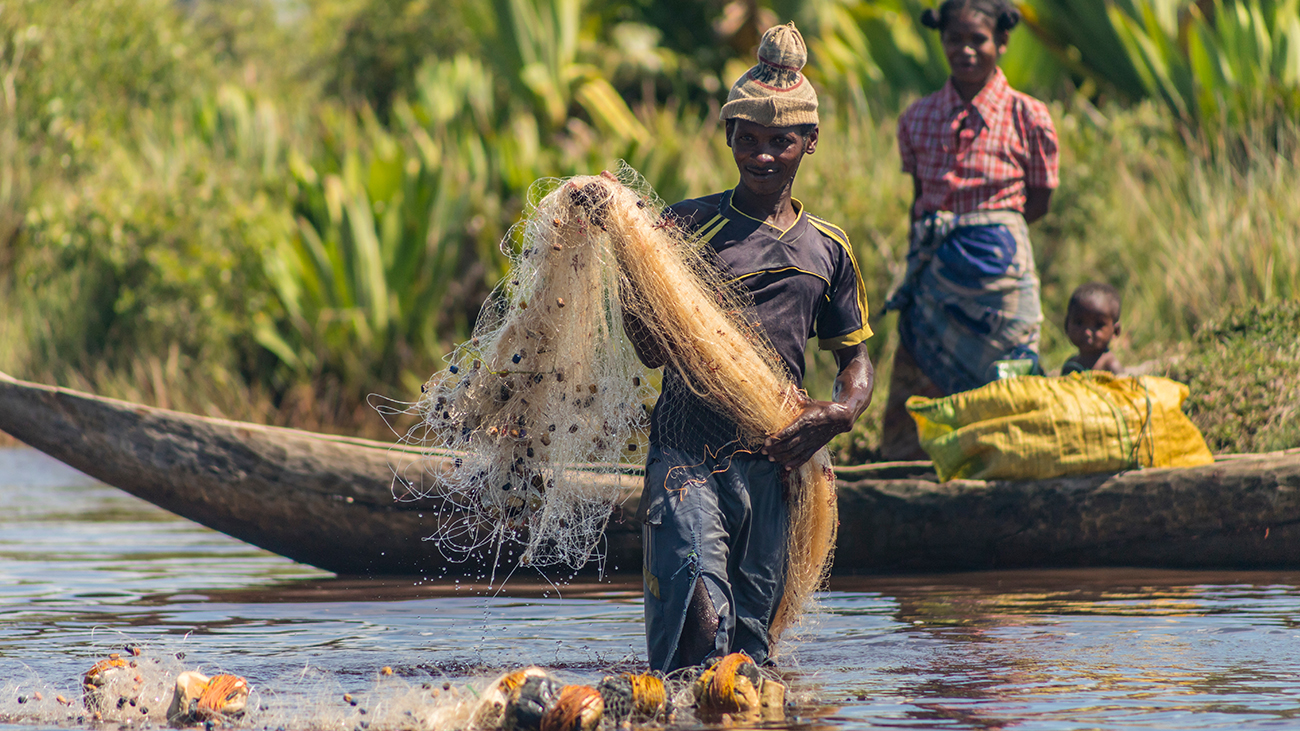Madagascar Rainbowfish
Bedotia madagascariensis
Madagascar Rainbowfish
Bedotia madagascariensis
CC goal
16 breeders
Status 11/2025
CC goal
192 animals
Status 11/2025
CC goal
16 breeders
Status 11/2025
CC goal
192 animals
Status 11/2025
In 1771, the physician and botanist Joseph-Philibert Commerson wrote: “Madagascar may well be the promised land for naturalists. Nature seems to have retreated here into its own special sanctuary, where it works with completely different models from those it has used elsewhere. At every turn, one finds remarkable and extraordinary life forms here.” Commerson was not deceived: Madagascar is indeed a hotspot of global biodiversity. The reason for this lies in its 65 million years of geological isolation. Nature was able to go its own way undisturbed for a long time. The celebrities among Madagascar’s special features are, of course, the lemurs. Der Grund dafür liegt in seiner schon mehr als 150 Millionen Jahre währenden erdgeschichtlichen Isolation. Die Natur konnte lange Zeit ungestört eigene Wege gehen. Die Promis unter den madagassischen Besonderheiten sind natürlich die Lemuren.
Discovery and Identification
Endangered unique freshwater fauna
However, the rivers, lakes and swamps are also home to a unique fauna. 169 freshwater fish have been described for Madagascar – that’s not an excessive number of species. But about two-thirds of them are only at home here, many even only in a single, small water system. According to the Red List of the World Conservation Union IUCN, about 80 % of Madagascar’s fish species are endangered: More than a third are considered “endangered”, another fifth even “critically endangered”. For seven species, any help will probably come too late; they are already considered extinct. This makes freshwater fish the most threatened vertebrate group in Madagascar.
Habitat and Threats
Trio infernale
Madagascar’s fish have three main problems: rapid deforestation, overfishing and the threat of introduced invasive species. Unfortunately, the Madagascar rainbowfish It is not even particularly fussy about where it lives. It lives in rivers and swamps, and basically it doesn’t care what’s going on at the shore – as long as its water is nicely shaded. But due to deforestation, this is often no longer the case. Once the trees are gone, the sun burns down on the water and makes the water uninhabitable for the rainbowfish .
The population in aquaria today is probably many times larger than in nature.
Aquarium for Madagascar rainbowfish at Cologne Zoo
Small delicacies
Although this fish is more of a minnow, barely reaching ten cm in length, it is popular locally. Unfortunately, fishing is not sustainable. There are also numerous introduced species from other parts of the world swimming around in Madagascar’s waters. The 30-cm Asian snakehead fish from China and Vietnam has proven to be a super aggressor. It greedily overpowers everything smaller than itself. The rainbowfish thus become easy prey.
Rescue through the aquarium
Two fortunate circumstances give hope that the Madagascar rainbowfish will survive despite everything. It inhabits not just one, but numerous water systems on the central east coast of the island. And it enjoys some popularity as an ornamental fish and is therefore bred for aquaristics. Thus, the population in aquariums today is probably many times larger than in the wild. It is therefore all the more important to ensure that the Madagascar rainbowfish can swim into a well-shaded future with a coordinated breeding programme!
For breeders
Basic information on biology and breeding
A fish that can be kept without problems and is also recommended for beginners. For keeping a group of five adults, an aquarium of 120 litres or more is suitable (approx. 80 x 40 x 40 cm). Larger aquariums up to 400 litres are better, in which groups of up to 10 animals can be kept. Water plants are used for egg laying. Water temperatures are constant at 24-25 °C. The species is tolerant to different water values (pH 7-8). Suitable food is e.g. commercial flake food, frozen food (mosquito larvae, brown shrimps), live food (artemia, white mosquito larvae).
